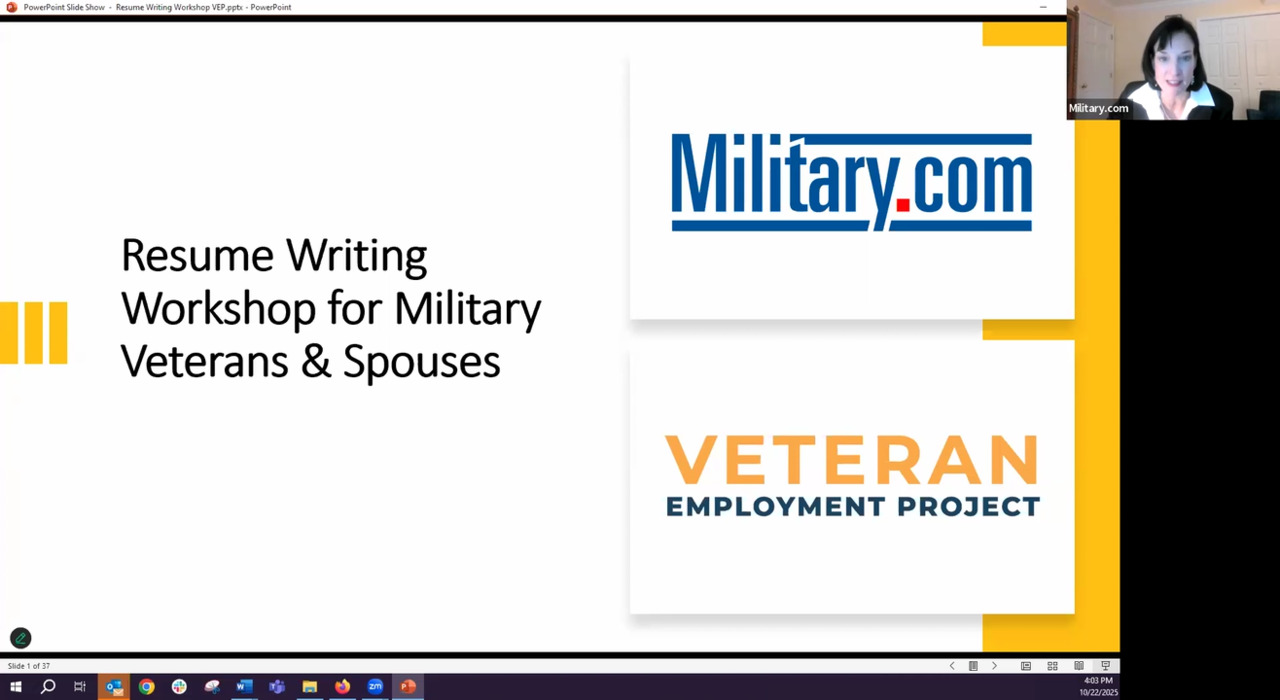Are you aware that you can join the Army National Guard or Army Reserves while still in high school? You also can earn money for college tuition via the College Assistance Program through the GI Bill.
However, you also need a high score on the ASVAB and must prepare for both the Army PFT and the Army CFT, as this new fitness test will be required throughout the Army, National Guard and Reserves.
Hello Stew, I am a high school junior entering the Army Split Training Program (Reserves and National Guard). I will go to basic training this summer, then return for my senior year and then attend AIT the following summer. I am 5'6" and 138 lbs. My push-ups and sit-ups are decent but my running needs serious work. I can only run between a 1/2 to 1 mile. Any advice on getting started and being prepared? Thanks, Wes.
Wes, that sounds like a great way to spend 10 weeks of the summer, and this is a great program for young men and women interested in serving after high school or college. You are wise to focus on your training, as it will help put on some muscle to handle the load-bearing, lifts and calisthenics.
Running and rucking should be part of the progression as well. At this age, you are still growing. You may have to increase your calories so you have a bit of a surplus each day and can put on some muscle during this phase.
Here is how you should build your fitness foundation over the next few months, but you need to start right away.
The good news is that you are not overweight, since extra weight makes it tougher to see progress with running, especially for beginners. Get a good pair of running shoes and find a place to run with moderately soft ground, as impact pains and injuries will occur for young and new runners (see shin splints article).
Running on a track, the turf on the inside of the track or a grass field can help minimize some of those initial running aches and pains, since you are reducing the impact of running on pavement or concrete.
You also should build a solid cardio base by starting to run every other day while doing some form of non-impact cardio option like bike, elliptical or rowing machine on the days between running. This way, you build up your heart and lungs without the impact pains of a run program.
You will find running 1-2 miles much easier after a few weeks of six-days-a-week cardio training.
Here are some good articles to help you with run planning:
Build Up Your Running/Prepare for Timed Runs
Try These Running/Calisthenics Workouts
The number one rule is to ease into running. Do not start off by doing too many miles in your first several weeks, though you can increase the miles each week at a 10%-15% rate as long as you do not have any pain.
To improve your Army physical fitness test (APFT) numbers, do upper-body workouts every other day but do not neglect your legs on those days. You will need some strength and muscle endurance for both running and load-bearing activities like rucking and equipment carries.
Start off with a foundation of calisthenics and cardio for the first 4-6 weeks. Try the PT Pyramid, Super Set and Max Rep Set combo. As you progress, you can mix weights into your upper-body and lower-body days. Add pull-ups in this phase as they will make the ACFT leg tucks easier.
However, you also will be tested in the new Army Combat Fitness Test. You definitely will want to practice some deadlifts, kettlebell carries, medicine ball throws and work in your leg tucks and hand-release push-ups. The same two-mile run is still required, so you need to be able to run after doing all of the above. The Two-Mile Run Is Here to Stay.
Once you build a solid base with your calisthenics and running so that the APFT is not such a worry, start to mix in the new exercises of the ACFT into your workout days. These are some fun exercises to mix into your workouts to incorporate the ACFT.
Stew Smith is a former Navy SEAL and fitness author certified as a Strength and Conditioning Specialist (CSCS) with the National Strength and Conditioning Association. Visit his Fitness eBook store if you're looking to start a workout program to create a healthy lifestyle. Send your fitness questions to stew@stewsmith.com.
Want to Learn More About Military Life?
Whether you're thinking of joining the military, looking for fitness and basic training tips, or keeping up with military life and benefits, Military.com has you covered. Subscribe to Military.com to have military news, updates and resources delivered directly to your inbox.

















